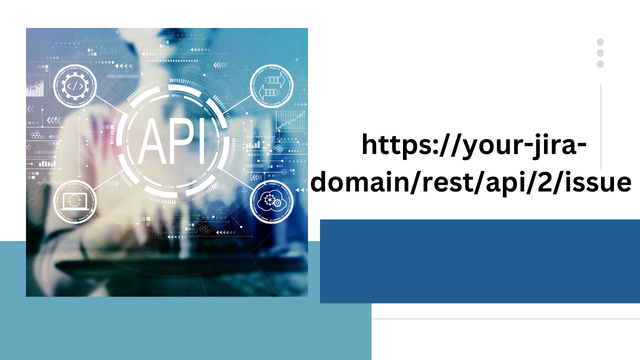Exploring the JIRA REST API: Knowledge of the /rest /api /2/issue Endpoint
JIRA REST API integrates a robust environment in handling JIRA project and is applicable in handling the projects, issues as well as Workflows using defined and structured programming. The most popular resource among all exists under the path /rest/api/2/issue that provides the major functions of issue creation, reading, writing, and deleting.
Features note worthy of the /rest/api/2/issue Endpoint This endpoint plays a central role in issue management, offering various functionalities:
1. Retrieve Issue Details You can retrieve more information of an issue by the ID or key. This is particularly useful for searching issues data like field, comment, attachment or issue history
Example:
GET /rest/api/2/issue/{issueIdOrKey}
2. Create an Issue This endpoint also allows for creating new issues. With a POST request and having the correct payload body you can create an issue with attributes such as the project, the summary of the issue, its description as well as the issue type. Example: POST /rest/api/2/issue Payload
Example:
{
“fields”: {
“project”: { “key”: “TEST” },
“summary”: “New issue summary”,
“description”: “Detailed description of the issue”,
“issuetype”: { “name”: “Task” }
}
}
3. Update an Issue They can also be modified as a way of changing their content to meet certain current trends in their areas. A PUT request to the endpoint enables you to change properties as priority, the assignee or additional fields.
Example:
POST /rest/api/2/issue/{issueIdOrKey}
4. Delete an Issue In case this is wanted, an issue can be deleted via a DELETE request.
Example:
DELETE rest/api/2/issue/{issueIdOrKey}
Authentication Requirements Whenever you are using the /rest/api/2/issue end point, you are required to authenticate yourself. Atlassian supports the following methods:
Basic Authentication: Using email and API tokens.
OAuth: Slightly more secure as far as passwords are concerned but slightly more complicated to configure.
Common Use Cases PM Integration Use to automatically track issues as a part or as a CI/CD pipeline and Bug tracking system.
Reporting
Get issue information to provide specific reports or, dashboards for top management or shareholders.
Workflow Automation
Change issue status or fields they are related to at specific events from outside the system.
Error Handling
It is always useful to work with the /rest/api/2/issue endpoint because it sends detailed error messages in case of a failed request. Common HTTP status codes include:
400 Bad Request: When carrying either the wrong payload or an additional payload beyond that specified.
401 Unauthorized: When authentication fails. 404 Not Found: If the issue ID or key is invalid, identification will therefore be incorrect as well.
Tips for Optimizing Usage Minimize Data Fetching: Only use query parameters to get the necessary fields to avoid the large size of the payload.
Batch Operations: Make use of the multiple endpoints in the handling of many problems at once.
Respect Rate Limits: API rate limber should be put into consideration to prevent cases where services becomes limited.
FAQs
1. What does the /rest/api/2/issue endpoint serve?
The availability of the /rest/api/2/issue endpoint you will be able to manipulate with JIRA issues remotely. This incoming allows you to create, get, update, and delete issues in the JIRA projects.
2. It also did not specify how to authenticate when using the JIRA REST API,
more details about this will be discussed in the subsequent section. You can authenticate using:
Basic Authentication: Do it using your Atlassian email and an API token.
OAuth 2.0: Suggests to connect to API with a secure approach and an app setup is needed. Cookie-Based Authentication (for some setups): Undocumented and not recommended for use in current integration.
3. Which HTTP verbs are supported for accessing /rest/api/2/issue?
GET: Retrieve issue details.
POST: Create a new issue.
PUT: Update an existing issue.
4. What information does one need to provide for creating an issue through the use of this endpoint?
To create an issue, you need a JSON payload containing at least: project.key: The project that will host the issue that is going to be identified. summary: A short write up about the problem. issuetype.name: The status of the particular task (Bug, Task, Story) you are working on.
Conclusion
/rest/api/2/issue is one of the most useful and all-predicate avenues to control issues in JIRA through a program. As the API allows for the creation, retrieval, update and deletion of issues, it can be used as a starting point for connecting JIRA with other systems and the management of business processes . Because of this endpoint, developers are in a position to boost productivity and bring efficient project handling in development.
ALSO READ THIS: is jira counted as a Programming Tool?


